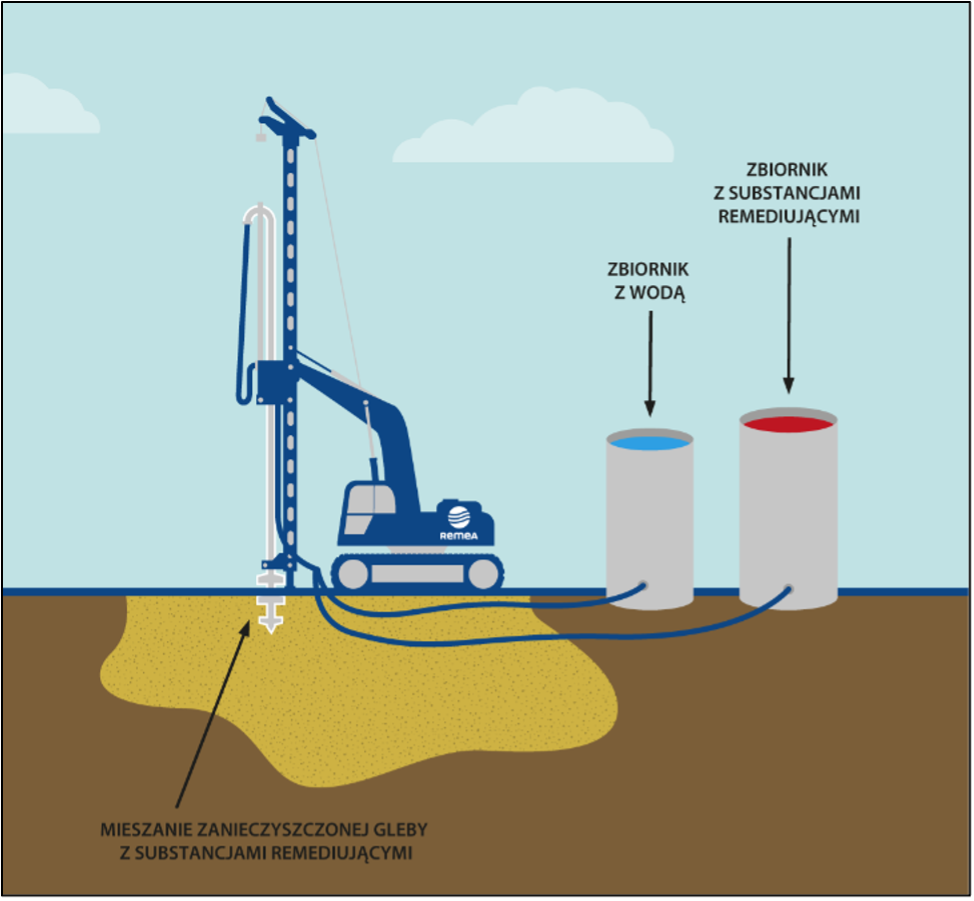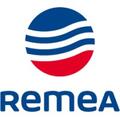This situation requires investors to take on more and more challenges in the investment process, and thus take on new risks that they have not had to face before. In response to the growing needs of society, developers are increasingly considering the purchase of land on brownfield sites, of which there is no shortage in our country. This sounds almost like a perfect plan, with one exception - such land often bears "signs of use" in the form of pollution and requires a series of remedial measures to increase the safety of future residents. Therefore, the question must be answered.

Do developers actually have anything to fear when investing in contaminated land?
Definitely no. The current level of knowledge and technology allows us to accurately identify the problem and tailor solutions for each case - from the simple one, when the amount of hazardous substances is minimal and located shallowly, near the surface of the land, to complex issues, when contamination reaches considerable depths and concentrations reach high values. Such scenarios are, unfortunately, becoming more and more frequent - but they should not be considered only in the category of a problem, but first and foremost an opportunity - to buy property more cheaply. Land contamination is a strong negotiating argument. Increasing environmental awareness and ecological valuation has a significant impact on public decisions in the investment context.
The growing problem of the occurrence of contamination of the land and water environment led to the introduction in Polish legislation in 2014 phrase remediation, which was separated from the broad concept of reclamation. According to the Environmental Protection Law, remediation consists of subjecting soil, land and groundwater to activities aimed at removing or reducing the amount of risk-causing substances, controlling them and limiting their spread, so that the contaminated area no longer poses a threat to human health or the state of the environment, taking into account the current and, if possible, planned future use of the land.
The simplest way to solve the problem is ex-situ remediation, i.e. removal of contaminated soil from the development site. As is often the case, the simplest solution also often turns out to be the least beneficial, due to the high financial outlay.
What can I do in a situation where the cost of excavation exceeds the value of the project?
That's when specialist companies come to the rescue, preparing customized remediation solutions in relation to the proposed project and the contaminants present in the ground. In response to the growing demand for taking environmental cleanup measures, new methods of remediating land and groundwater are being developed, the so-called in-situ or on-site methods. State-of-the-art remediation technologies, which can be applied without the need to dispose of contaminated soil, can contribute not only to solving important financial issues, but also have a positive impact on the environment. Acting according to the principle of the waste hierarchy, a method that ensures on-site soil cleanup should be chosen first.

A conceptual drawing of an example of an in-situ remediation method used at Remea
These methods have a relatively low cost, making them particularly suitable for cleaning up large areas. In addition, they can be implemented in urban areas, industrial areas, under buildings or under roads, combining technologically with the investment process. They are characterized by high efficiency and in many cases are not inferior to the ex situ method. The impact of contaminated sites on the natural environment varies due to the type or amount of concentrations of individual substances present in the ground, hence the contractor responsible for carrying out the remediation process must skillfully use and combine knowledge from many fields, both technical and natural, including hydrogeology, geology, chemistry or geotechnics. Accurate identification of the contamination by means of detailed studies preceded by preliminary research is the basis for consideration of the remediation method.
With the remediation process, the key issue is the plan. If remediation is properly planned in advance and included in the design of a given project, it will reduce the number of necessary permits and, most importantly, give the opportunity to choose the cheapest and most effective methods of carrying out the process. For Investors, remediation should be considered not as a threat, but primarily as an opportunity. The development of land remediation methods is not only due to the diversity of local soil and water conditions and types of contamination. This is mainly the result of the search for cheaper solutions and alternatives to the ex-situ method, which negatively affects the environment and the financial outcome of investments.










